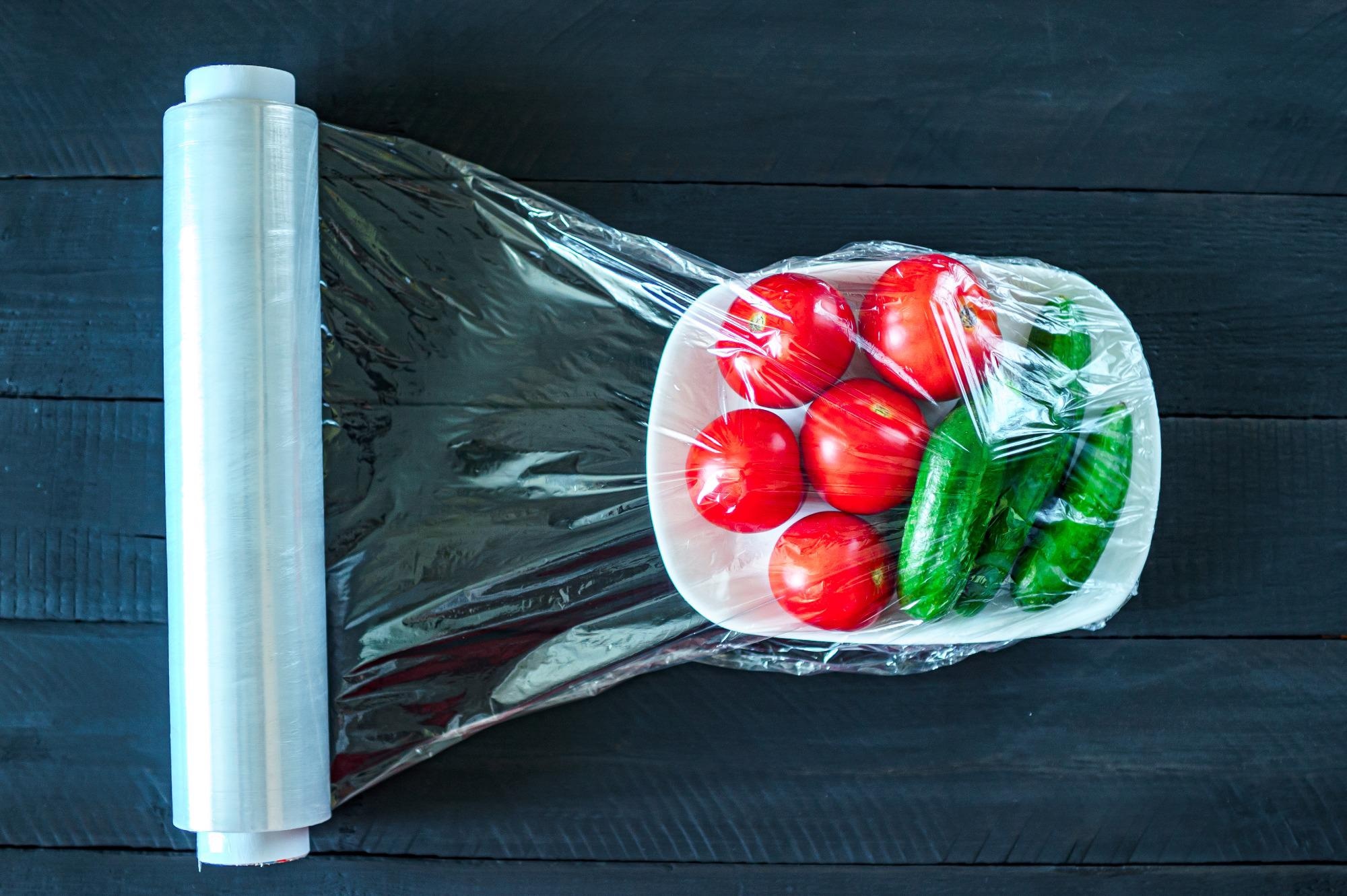Wearable electronics, soft robotics and biocompatible tissues are all made possible by stretchy films and squishy gels. However, if these polymers are subjected to too much power, they may disintegrate without warning.

Image Credit: Shutterstock.com/goffkein.pro
Researchers convey that they have developed a chemical with “wings” that causes these materials to change color when extended or compressed, allowing them to detect stress before it is too late.
The study was published in the Journal of the American Chemical Society.
Plasticky films and polymer gels, which are soft 3D networks packed with liquids, can be bent, stretched or compressed. While most polymer films only snap apart when stretched too far, many gels are not as tough, busting under relatively light pressure. However, it is impossible to determine how hard the spongy material will be.
Shohei Saito and colleagues previously created V-shaped molecules known as flapping molecular (FLAP) force probes. FLAPs have two side structures that resemble wings and flatten under pressure, causing the fluorescence to alter from blue to green.
When integrated into a polyurethane film, this probe performed as expected; however, when added to a liquid-soaked polymer gel, the compound instantaneously turned fluorescent green with no external force. As a result, Saito and Takuya Yamakado tried to enhance the FLAP molecule so that it could identify mechanical stresses precisely in both a polymer gel and a film.
The previous version was altered by substituting the two anthraceneimide wings with pyreneimide wings and connecting them to opposite sides of the same flexible central cyclooctatetraene joint. When researchers inserted the probe into a polymer film and extended it, the fluorescence shifted dramatically from blue to green. It also caused a color change that could be seen with the naked eye.
The new FLAP probe was then implemented into a polyurethane gel soaked in an organic solvent, resulting in a yellow cylinder that fluoresced blue, and the material was pressurized. As more pressure was applied, the fluorescence of the cylinder became noticeably greener.
The scientists used metal letters F-L-A-P on a rectangular block of gel in their final examination. They calculated the pressure each letter placed on the gel below using maps of the green to blue fluorescence ratio, which ranged from 0 to 1 MPa. According to the researchers, this investigation could aid in the development of harder gel materials and nanoscale tension probes for cell membranes.
The authors thank the Japan Science and Technology Agency PRESTO (FRONTIER) grant, the Japan Science and Technology Agency FOREST grant, the Japan Society for the Promotion of Science Fellowship, the Japan Society for the Promotion of Science KAKENHI grant, the Inoue Foundation for Science, and the Toray Science Foundation for their support.
Colorful Stressed-Out Polymers | Headline Science
A FLAP probe with “wings” makes polymer films and gels change color when they are stretched or crushed. Video Credit: American Chemical Society.
Journal Reference:
Yamakado, T., et al. (2022) Ratiometric Flapping Force Probe That Works in Polymer Gels. Journal of the American Chemical Society. doi.org/10.1021/jacs.1c12955.